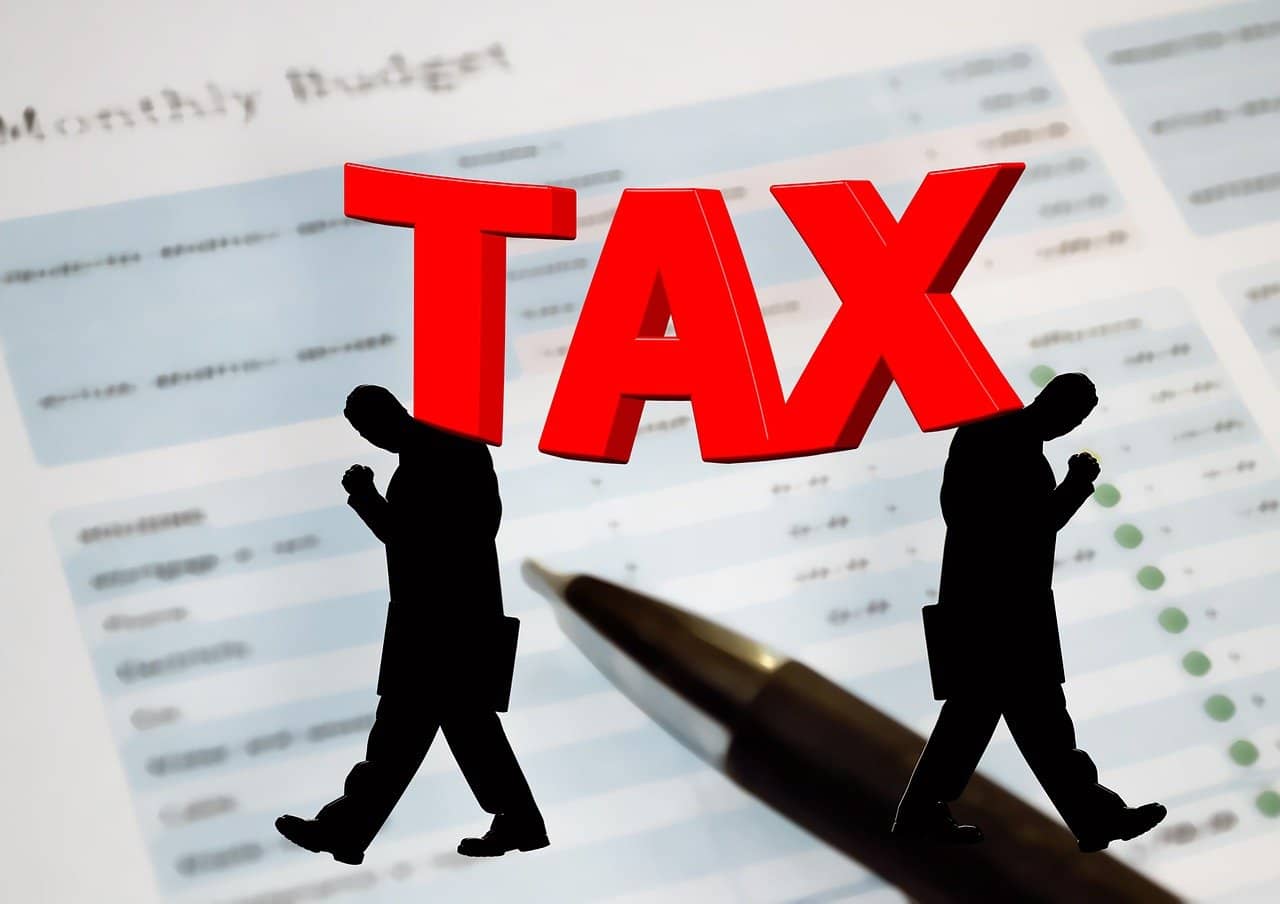Estimated reading time (in minutes)

What is a tax audit? How is it going? What risks do we run?
What is it about ?
Tax control refers to the action carried out by a representative of the Public Treasury to establish the concordance between the declarations prepared by the taxpayer and the elements available to the tax administration. This control can be done “on paper”, that is to say that the controller checks the declarations and documents provided by the taxpayer in the offices of the administration, and without the taxpayer being aware of it. The taxpayer is therefore only informed in the event of a rectification. This control can also be done on site, in the company: this is called an “accounting audit”. In small businesses, this frequently entails an audit of the personal taxation of the manager or main partner. Each type of control corresponds to a specific procedure and guarantees.
Be COLLABORATIVE
During a tax audit, it is advisable to accept the audit and cooperate.
DOCUMENTS to be provided
The list of documents to be provided appears on the verification notice that you receive. It is therefore necessary to prepare them for the first interview and provide the verifier with everything he asks for. These documents mainly concern the company’s accounts (which must therefore be carefully kept). The auditor can also request “non-accounting” supporting documents to verify the professional nature of an expense: this is the case, for example, to justify that a trip, that did not result in an order, was a business trip.
How is the CONTROL carried out?
A control requires a series of successive visits. As a general rule, the verifier comes back every week asking for additional information. All of this takes place within the framework of an “adversarial debate”, that is to say, there is an exchange between the auditor and the manager. This exchange ends with a final interview during which the auditor recapitulates all the difficulties he may have encountered, so as to collect the manager’s observations and take them into account when drawing up “the rectification proposal “: This document, which completes the control, summarizes all the adjustments incurred by the taxpayer.
The risks
First of all, you risk having to pay the tax you should have paid with late payment penalties – which generally amount to 10% – plus late payment interest. There may also be additional penalties: up to 40% more in case of bad faith or willful breach and 80% in case of abuse of rights. If you object to the control, you risk a 100% penalty.
AFTER the check
Either the control results in an absence of adjustments, or it results in adjustments. If he accepts these adjustments, the manager receives a tax notice that he will have to pay with penalties. If he does not accept them or in part, he has the possibility of making written observations to which the administration is obliged to respond by accepting them totally, partially, or not at all. From that moment, several appeals can be initiated: an appeal to the verifier’s hierarchical superior, then to the departmental level, or even a contentious complaint. If you still haven’t been heard, you can go to court. You should know that in tax matters, you have to pay first and then contest.
DAMY Law Firm, Nice, corporate tax law – tax audit, Update 2016
